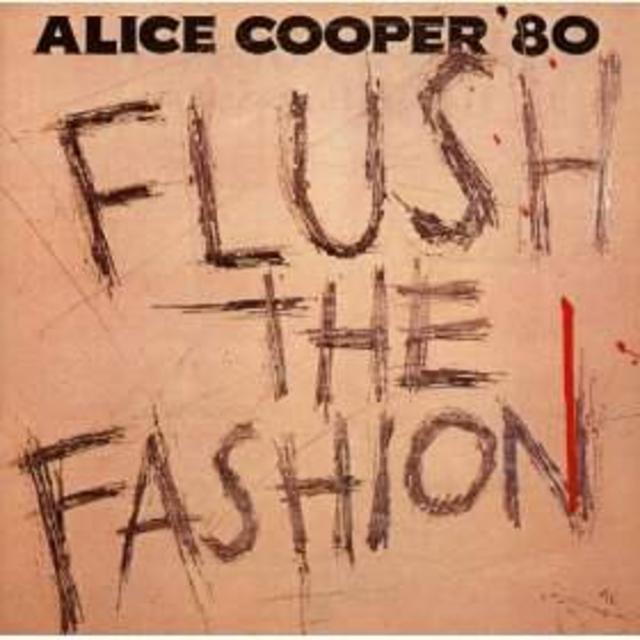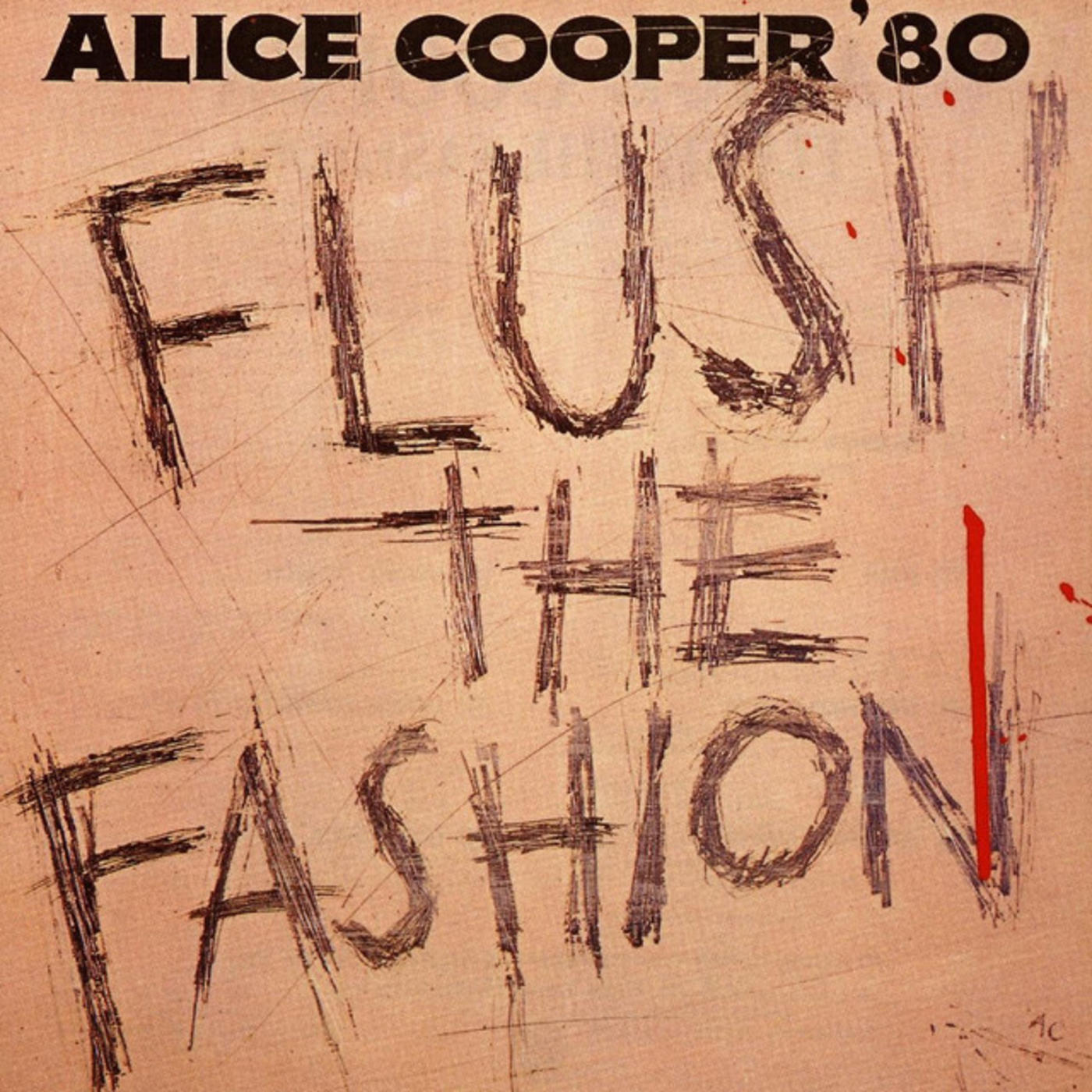Happy Anniversary: Alice Cooper, Flush the Fashion

During the ‘80s, more than a few rock ‘n’ roll types fell victim to a desire to freshen up their sound by giving it a bit of new-wave flair. Why do we say “fell victim”? Because although it proved a successful experiment for some artists, there were far more for whom it very much did not. As you might’ve guessed by the headline, we bring this up because it was 34 years ago today that Alice Cooper released his new-wavy effort, Flush the Fashion, but on which side of the fence does the album fall? Well, given that it’s a matter which continues to be contested more than three decades after its initial arrival, it’s not likely to be decided here, but we thought we’d talk (talk) about it a bit, anyway.
You probably caught the bonus parenthetical “talk” in the previous sentence, but if you’re not familiar with Flush the Fashion, then you wouldn’t get the intent of the duplication: it’s a reference to Cooper’s cover of The Music Machine’s “Talk Talk,” which leads off the album. It’s a nice nod to his garage-rock roots, but it failed to earn any significant airplay when it was released as the album’s second single, which is why most casual Cooper fans know the record mostly for its first and most successful single, “Clones (We’re All).” It wasn’t a huge hit, only hitting #40 on the pop charts, but it was the first top-40 hit Cooper had managed in two years, so it at least served to put him back in the public eye to some extent. (As it happens, it was a cover as well, having been written by David Carron, late of Arlo Guthrie’s band, Shenandoah.)
Produced by Roy Thomas Baker, Flush the Fashion is unquestionably a glossy affair, a direction in which Cooper had already been heading (lest we forget, his previous album, From the Inside, had been produced by David Foster), but it served to earn him at least a bit more commercial success, making it to #44 on the Billboard Top 200, 16 places higher than its predecessor. There was a backlash from longtime Alice Cooper fans, who found the change in sound too jarring to immediately appreciate the underlying material, despite the fact that songs like “Pain,” “Nuclear Infected,” “Grim Facts,” and “Headlines” have held up remarkably well over the years.
It would be another nine years before Cooper produced either an album or a single to match the commercial success of Flush the Fashion – that would come with 1989’s Trash, of course, and its comeback track, “Poison – but don’t blame his aborted career momentum on his new-wave flirtations: he’s often described the subsequent three albums as his “blackout albums,” due to his substance-abuse problems during the era, so there’s little question that he wasn’t exactly playing at the top of his game during that portion of his career.
Flush the Fashion, on the other hand, holds up far better than the efforts of many of Cooper’s peers who also decided to tweak their sound in the early ‘80s. Okay, so maybe longtime fans still can’t abide by the album, but listening to it now, with the benefit of hindsight and the knowledge of what a risky move it was at the time to try something so different with his sound, it sounds pretty good to us.


